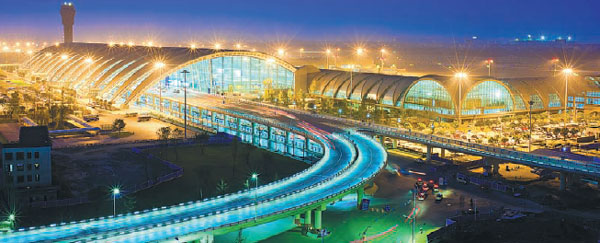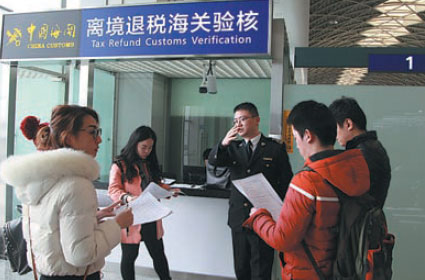City takes another step forward onto global tourism map
Updated: 2016-01-13 08:24
By Li Yu(China Daily USA)
|
||||||||
|
Forty-two million passengers made trips through Chengdu Shuangliu International Airport last year, making it the fourth airport in China with total number of annual passengers of over 40 million. Photos Provided to China Daily |
Chengdu, the capital of Sichuan province, has become the first city in western China to adopt tax-refund policies for overseas travelers.
Its adoption of the policy, which went into effect on Jan 1, follows Beijing and Shanghai as one of the second batch of cities in China to offer the refunds.
The move is part of the city's efforts to become a global tourist destination, a campaign it mapped out last year.
Thirty-three stores have been selected to offer the tax refunds. Overseas tourists can receive an 11-percent refund if their total purchase is worth 500 yuan ($76.9) or more at a single appointed shop when they leave the airport.
The tax-refund policy is expected to accelerate the city's globalization, implement its opening-up strategy and boost its efforts to become a global tourist destination and shopping paradise.
For the first 11 months of 2015, the city's Shuangliu International Airport handled 520,000 overseas passengers. Last year, 42 million passengers transited through the airport, making it the fourth airport in China with total annual passengers above 40 million.
A two-step strategy
In its tourism strategy released last year, the city emphasized two major steps: to become a tourist destination in western China and transform itself from a regional tourist site to an international destination.
In the strategy, the city said it expects its tourism shopping, services and marketing to meet international standards. It also aims to sustain its position as a favored Asian tourist destination while offering top-level tourism services, cultural goods and cross-regional cooperation opportunities across the continent.
Chengdu Tourism Bureau officials said the newly approved tax-refund policy is part of the city's efforts to ensure that its services meet the demands of international tourists.
The move will help the sales of tourism goods and enhance the city as a tourism brand, they said.
By the end of December, the city had opened 85 international airline routes with direct airlines to 71 cities and regions. Forty-one international cargo service airlines are currently operational.
City officials said it wants to open three new international cargo airline routes each year with the goal of having 55 in service by the end of 2020.
"The next 10 years will witness Chengdu's greatest progress in developing tourism. The sector is expected to generate a combined 1 trillion yuan annually," said Shi Peihua, director of the National Tourism Innovation Project Center and a member of the China Tourism Reform and Development Consultation Committee.
Key developments
Last year, Dujiangyan Cultural Tourism Town, backed by a 55-billion-yuan investment by property developer Wanda Group, began construction on Sept 23 in Chengdu.
The Dujiangyan ancient irrigation system, more than 60 kilometers from Chengdu, was built from 256 to 251 BC and is recognized as a UNESCO cultural heritage site.
The cultural tourism town will be open by the end of 2018 and is expected to create 30,000 job opportunities.
It is also expected to receive 30 million tourists each year and create annual revenue of 5 billion yuan.
Wang Jianlin, Wanda Group president, said building the town reflects his confidence in Chengdu's future as a top global tourist destination.
Another property development in Chengdu is taking place in the city's central business district of Jinjiang.
Wharf Holdings, a listed property and infrastructure company based in Hong Kong, opened Chengdu IFS in Jinjiang district in January 2014.
Chengdu IFS, which comprises a large shopping mall, office towers, a residential complex and a hotel, has brought about 300 brands specializing in luxury goods, jewelry and fashion to the Sichuan provincial capital.
The Sino-Ocean Taikoo Li Chengdu, which neighbors the IFS, opened in April of last year. The 100,000-square meter shopping area blends ancient architectural styles and luxurious brands including Hermes, Gucci and Cartier.
Chinese cultural goods shops have opened shops there.
The city is also creating its version of Hong Kong's shopping block Tsim Sha Tsui. Along Chunxi Road in Yanshikou, Hongxing Road in the Daci Temple area and the Jinjiang International Business Town, the shopping destinations have slowly taken shape in recent years.
"After shopping and touring in Chengdu, tourists can go to nearby towns and cities, so we are taking pride in its influence on those areas, which could also be touted as global tourist destinations," a local tourism official said.
He indicated that many foreign tourists use Chengdu as a starting point to E'mei Mountain, Garze and Shangri-la.
Globally recognized
In January 2015, The New York Times named Chengdu one of 52 most attractive tourist destinations, making it one of only two Chinese cities listed.
In July 2015, MasterCard's tourist destination index indicated that Chengdu ranked second in terms of the growth rate of international tourists.
The city has been honored by a number of domestic awards, including China's excellent tourism city and top tourist destination. It was also listed among the happiest cities.
The World Centre of Excellence for Destinations officially awarded Chengdu the title of "World Excellent Tourist Destination City" in 2009.
In September 2015, during the United Nations World Tourism Organization General Assembly in Medellin, Colombia, the UNWTO announced that Chengdu will host the assembly's 22nd session in 2017.
This was not Chengdu's first recognition by international tourism agencies. In October 2012, the UNWTO established an office that monitors the environmental and socio-economic impact of tourism in the city's scenic area of Qingcheng Mountain, a famous Taoism site in China.
In 2013, Chengdu became the fourth city in China after Beijing, Shanghai and Guangzhou to offer a 72-hour visa-free transit stay.
Also in the same year, the Pacific Asia Travel Association held its tourism trade fair, with buyers from 61 countries and regions, in Chengdu. At the time, it was PATA's biggest event in terms of the number of participants and the total area of venues.
In December 2015, the China International Travel Expo was held in Chengdu, beckoning exhibitors and buyers from 35 countries and regions to the city.
During the event, many exhibitors from the United States, Russia, Canada, Brazil, Italy and Vietnam took part in the event for the first time. Market insiders in Chengdu said that favoring of Chengdu is due to the city's rising influence as center in Southwest China.
Many other global tourist destinations are paying increasing attention to the city and many countries and regions also believe Chengdu's locals will become their new visitors.
In March 2016, the city will host the third China Travelers' Forum and the event is expected to attract thousands of travel fans to the city.
The event is expected to become one of the largest of its kind in terms of the number of travelers in the world.
Chengdu expects the event to aid the city in becoming a world-class tourist destination.
In recent years, Chengdu has seen its inbound tourists grow rapidly. Although 2015 figures have not been released, it is predicted that total inbound tourists could hit 2.2 million, which would be a rise of 82 percent from 2011 figures.
liyu@chinadaily.com.cn
|
A customs official explains Chengdu's tax-free policy for overseas tourists to a group of Chinese reporters. The city is the first western city in China to implement the policy. Xu Huiyue / For China Daily |
(China Daily USA 01/13/2016 page16)
- Spain's Princess Cristina stands trial on tax fraud charges
- Rupert Murdoch, Jerry Hall announce engagement
- Obama to deliver final State of the Union speech
- Annual Coming of Age Day ceremony held in Tokyo
- Drug lord closer to US trial as Mexico starts extradition process
- UN chief slams deadly attack on MSF-supported hospital in Yemen

 Execs introduce new models at Detroit Auto Show
Execs introduce new models at Detroit Auto Show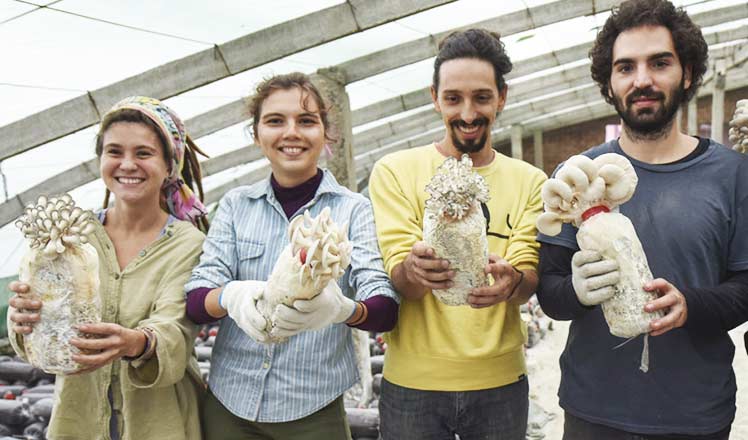
 Foreigners learn mushroom cultivation skills in Xi'an
Foreigners learn mushroom cultivation skills in Xi'an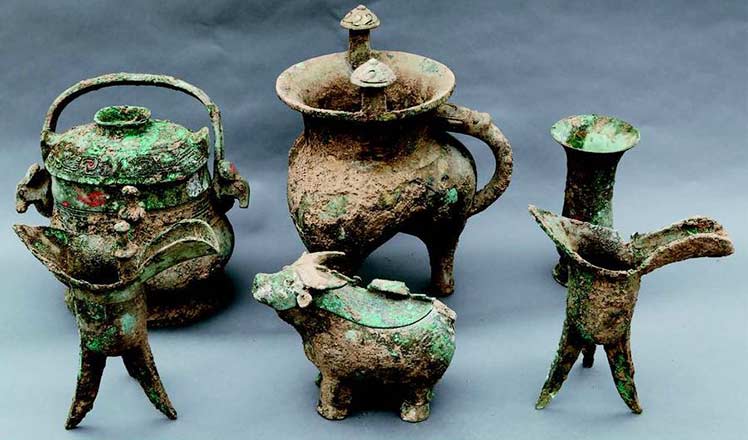
 Academy releases top 6 archaeological finds of 2015
Academy releases top 6 archaeological finds of 2015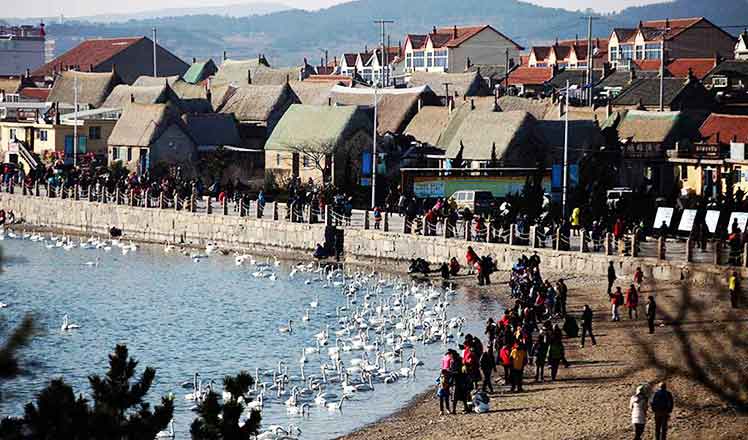
 Yandunjiao in Shandong is an ideal habitat for whooper swans
Yandunjiao in Shandong is an ideal habitat for whooper swans
 World's second highest bridge in Southwest China put into operation
World's second highest bridge in Southwest China put into operation
 Photo studio takes people back in time
Photo studio takes people back in time
 Celebrities born in the Year of Monkey
Celebrities born in the Year of Monkey
 Remembering legendary British artist David Bowie
Remembering legendary British artist David Bowie
Most Viewed
Editor's Picks

|

|

|

|

|

|
Today's Top News
Obama to deliver final State of the Union speech
Shooting rampage at US social services agency leaves 14 dead
Chinese bargain hunters are changing the retail game
Chinese president arrives in Turkey for G20 summit
Islamic State claims responsibility for Paris attacks
Obama, Netanyahu at White House seek to mend US-Israel ties
China, not Canada, is top US trade partner
Tu first Chinese to win Nobel Prize in Medicine
US Weekly

|

|
